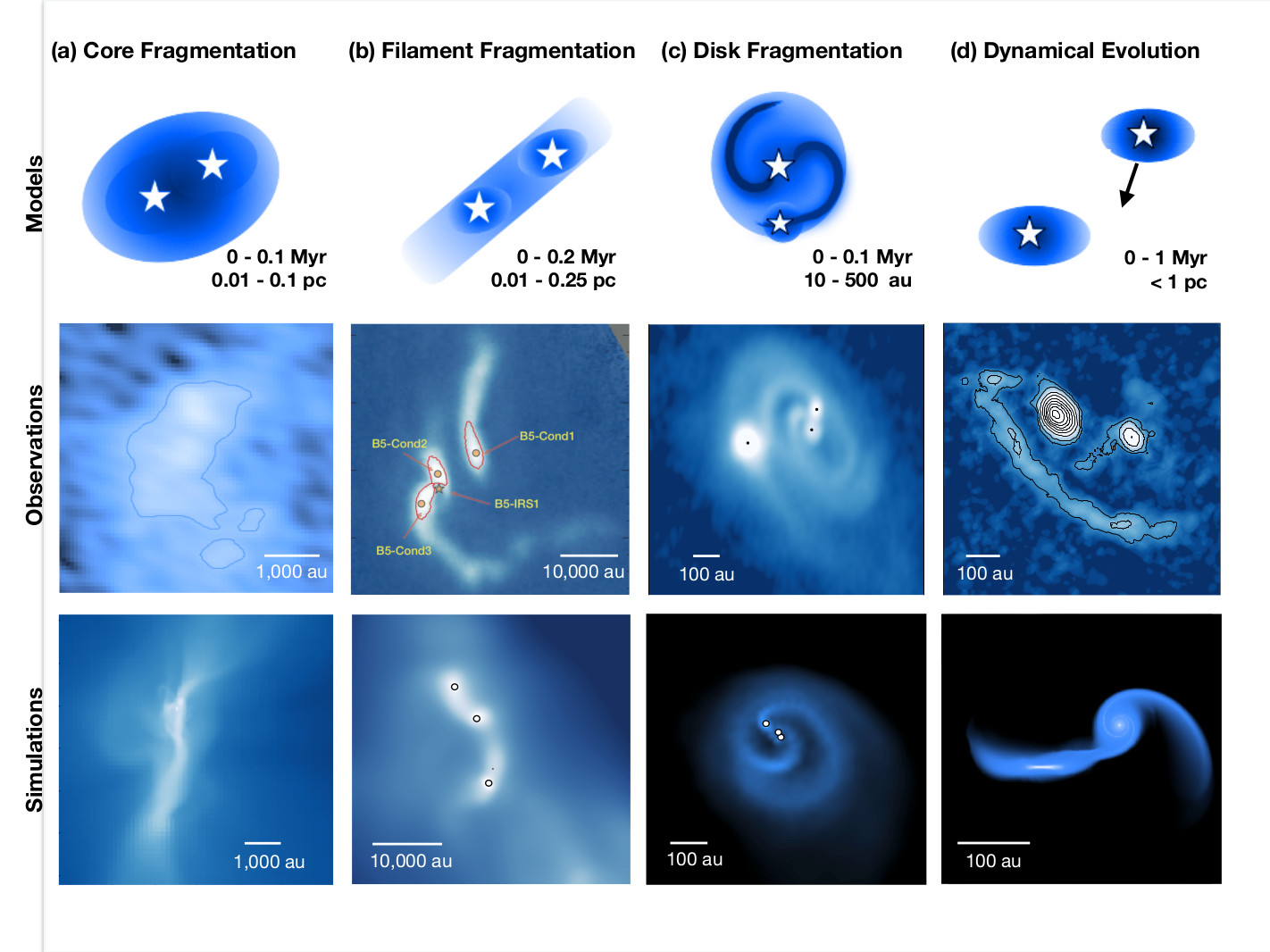Abstract:
Most stars are born in multiple stellar systems. Observational advances over the last decade have enabled high-resolution, interferometric studies of forming multiple systems, statistical surveys of multiplicity in star-forming regions, and new insights into disk evolution and planetary architectures in these systems. In this review, we compile the results of observational and theoretical studies of stellar multiplicity. We summarize the population statistics spanning system evolution from the protostellar phase through the main-sequence phase and evaluate the influence of the local environment. We describe current models for the origin of stellar multiplicity and review the landscape of numerical simulations and assess their consistency with observations. We review the properties of disks and discuss the impact of multiplicity on planet formation and system architectures. Finally, we summarize open questions and discuss the technical requirements for future observational and theoretical progress.
